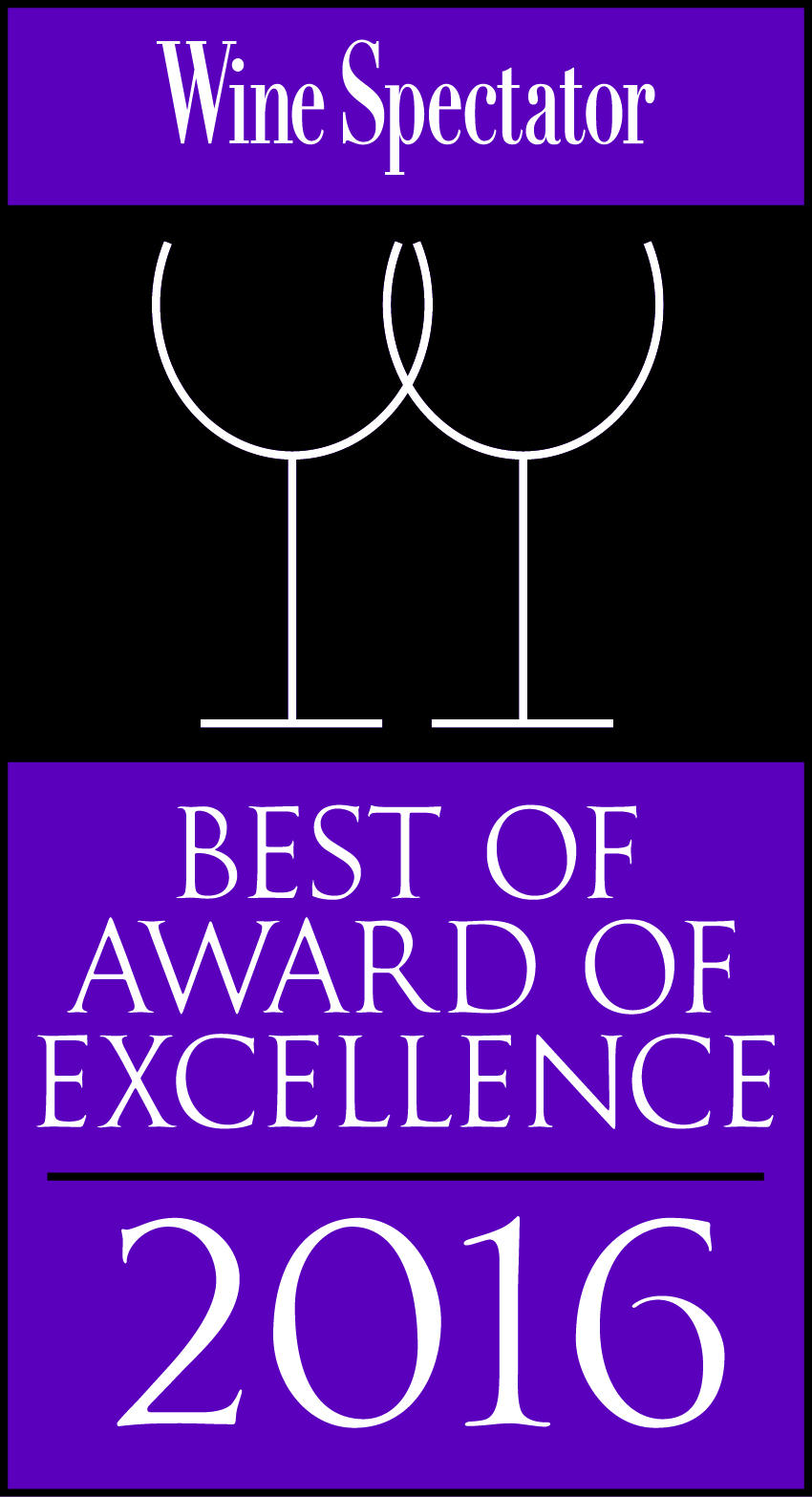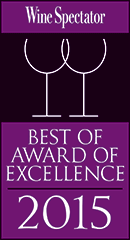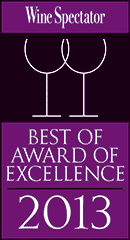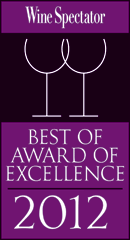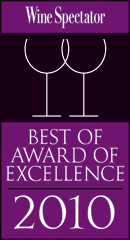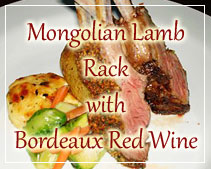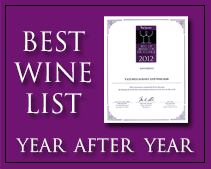More about different classes of Burgundy wine
Date: January 05, 2011
About Wines from Aloxe-Corton Valley of France
Best wine supplier in Philippines discusses wine related topics
Burgundy is in some ways the most terroir-oriented region in France; immense attention is paid to the area of origin, and in which of the region’s 400 types of soil a wine’s grapes are grown. As opposed to Bordeaux, where classifications are producer-driven and awarded to individual chateaux, Burgundy classifications are geographically-focused. A specific vineyard or region will bear a given classification, regardless of the wine’s producer. This focus is reflected on the wine’s labels where appellations are most prominent and producer’s names often appear at the bottom in much smaller text.
The main levels in the Burgundy classifications, in descending order of quality, are: Grand crus, Premier crus, village appellations, and finally regional appellations:
• Grand Cru wines are produced from the small number of the best vineyard sites in the Côte d’Or, as strictly defined by the AOC laws. Grand Cru wines make up 2% of the production at 35 hectoliters per hectare. These wines are generally produced in a style meant for cellaring, and typically need to be aged a minimum of 5–7 years. The best examples can be kept for more than 15 years. Grand Cru wines will only list the name of the vineyard as the appellation – such as Corton or Montrachet – on the wine label, plus the Grand Cru term, but not the village name.[6]
• Premier Cru wines are produced from specific vineyard sites that are still considered to be of high quality, but not as well regarded as the Grand Cru sites. Premier Cru wines make up 12% of production at 45 hectoliters/hectare. These wines often should be aged 3–5 years, and again the best wines can keep for much longer. Premier Cru wines are labelled with the name of the village of origin, the Premier cru status, and usually the vineyard name, for example, “Volnay 1er Cru Les Caillerets”. Some Premier Cru wines are produced from several Premier Cru vineyards in the same village, and do not carry the name of an individual vineyard.
• Village appellation wines are produced from a blend of wines from supposedly lesser vineyard sites within the boundaries of one of 42 villages, or from one individual but non-classified vineyard. Wines from each different village are considered to have their own specific qualities and characteristics, and not all Burgundy communes have a village appellation. Village wines make up 36% of production at 50 hectoliters/hectare. These wines can be consumed 2–4 years after the release date, although again some examples will keep for longer. Village wines will show the village name on the wine label, such as “Pommard”, and sometimes – if applicable – the name of the single vineyard or climat where it was sourced. Several villages in Burgundy have appended the names of their Grand Cru vineyards to the original village name – hence village names such as “Puligny-Montrachet” and “Aloxe-Corton”.
• Regional appellation wines are wines which are allowed to produced over the entire region, or over an area significantly larger than that of an individual village. At the village, Premier Cru and Grand Cru level, only red and white wines are found, but some of the regional appellations also allow the production of rosé and sparkling wines as well as wines dominated by other grape varieties than Pinot Noir or Chardonnay. These appellations can be divided into three groups:
o AOC Bourgogne, the standard or “generic” appellation for red or white wines made anywhere throughout the region, and represent simpler wines which are still similar to the village. These wines may be produced at 55 hectoliters/hectare. These wines are typically intended for immediate consumption, within 3 years after the vintage date.
o Subregional (sous-régional) appellations cover a part of Burgundy larger than a village. Examples are Bourgogne Hautes-Côtes de Beaune, Bourgogne Hautes-Côtes de Nuits and Mâcon-Villages.[9] Typically, those communes which do not have a village appellation, do have access to at least one subregional appellation. This level is sometimes described as intermediate between AOC Bourgogne and the village level.
o Wines of specific styles or other grape varieties include white Bourgogne Aligoté (which is primarily made with the Aligoté grape), red Bourgogne Passe-Tout-Grains (which can contain up to two thirds Gamay) and sparkling Crémant de Bourgogne.
Chablis wines are labeled using a similar hierarchy of Grand Cru, Premier Cru and Village wines, plus Petit Chablis as a level below Village Chablis, whereas wines from Beaujolais are treated differently again.
In general, producers are always allowed to declassify their wine in steps to a lower ranked AOC if they wish to do so. Thus, a wine from a Grand Cru vineyard may be sold as a Premier Cru from that vineyard’s village, a Premier Cru wine may be sold as a Village wine and so on. This practice will almost invariably mean that the declassified wine will have to be sold at a lower price, so this is only practiced when there is something to be gained overall in the process. One motive may be to only include vines of a certain age in a Grand Cru wine, in order to improve its quality and raise its prestige and price, in which case the wine coming from younger vines may be sold as a Premier Cru at a lower price. Overall, such a practice may allow a producer to keep a higher average price for the wine sold.
In total, there are around 150 separate AOCs in Burgundy, including those of Chablis and Beaujolais. While an impressive number, it does not include the several hundred named vineyards (lieux-dits) at the Village and Premier Cru level which may be displayed on the label, since at the Village and Premier Cru level; there is only one set of appellation rules per village. The total number of vineyard-differentiated AOCs that may be displayed is well in excess of 500
List of Grand Crus
Grand Cru Region Village Wine style
Chablis Grand Cru Chablis Chablis White wine
Chambertin-Clos de Bèze Côte de Nuits Gevrey-Chambertin Red wine
Charmes-Chambertin Côte de Nuits Gevrey-Chambertin Red wine
Chapelle-Chambertin Côte de Nuits Gevrey-Chambertin Red wine
Griotte-Chambertin Côte de Nuits Gevrey-Chambertin Red wine
Latricières-Chambertin Côte de Nuits Gevrey-Chambertin Red wine
Le Chambertin Côte de Nuits Gevrey-Chambertin Red wine
Mazis-Chambertin Côte de Nuits Gevrey-Chambertin Red wine
Mazoyères-Chambertin Côte de Nuits Gevrey-Chambertin Red wine
Ruchottes-Chambertin Côte de Nuits Gevrey-Chambertin Red wine
Bonnes-Mares Côte de Nuits Morey-Saint-Denis Red wine
Clos de la Roche Côte de Nuits Morey-Saint-Denis Red wine
Clos des Lambrays Côte de Nuits Morey-Saint-Denis Red wine
Clos de Tart Côte de Nuits Morey-Saint-Denis Red wine
Clos Saint-Denis Côte de Nuits Morey-Saint-Denis Red wine
Bonnes-Mares Côte de Nuits Chambolle-Musigny Red wine
Le Musigny Côte de Nuits Chambolle-Musigny
Clos de Vougeot Côte de Nuits Vougeot Red wine
Échezeaux Côte de Nuits Flagey-Echézeaux Red wine
Grands Échezeaux Côte de Nuits Flagey-Echézeaux Red wine
La Grande Rue Côte de Nuits Vosne-Romanée Red wine
La Romanée Côte de Nuits Vosne-Romanée Red wine
La Tâche Côte de Nuits Vosne-Romanée Red wine
Richebourg Côte de Nuits Vosne-Romanée Red wine
Romanée-Conti Côte de Nuits Vosne-Romanée Red wine
Romanée-Saint-Vivant Côte de Nuits Vosne-Romanée Red wine
Corton-Charlemagne Côte de Beaune Pernand-Vergelesses White wine
Charlemagne Côte de Beaune Ladoix-Serrigny White wine
Corton-Charlemagne Côte de Beaune Ladoix-Serrigny White wine
Le Corton Côte de Beaune Aloxe-Corton Red wi
Corton-Charlemagne Côte de Beaune Aloxe-Corton
Bâtard-Montrachet Côte de Beaune Puligny-Montrachet White wine
Bienvenues-Bâtard-Montrachet Côte de Beaune Puligny-Montrachet
Chevalier-Montrachet Côte de Beaune Puligny-Montrachet White wine
Le Montrachet Côte de Beaune Puligny-Montrachet White wine
Bâtard-Montrachet Côte de Beaune Chassagne-Montrachet White wine
Criots-Bâtard-Montrachet Côte de Beaune Chassagne-Montrachet White wine
Le Montrachet Côte de Beaune Chassagne-Montrachet White wine
Source: http://www.bordeauxtrader.com/burgundy.php
Are these articles useful for enhancing your wine and dine experience in the Philippines. Do they also help you with travel, leisure, vacation, dining out, nightlife and other leisure activities plans in Manila and other major cities of Philippines? Yats Restaurant hopes to provide you with ample information so you can plan your trips to Pampanga Angeles City Clark Freeport Zone whether you are travelling from Manila or other Asian countries such as Hong Kong, Shanghai, Singapore, Malaysia or Korea.
Restaurant reservations in Manila Philippines, planning of menu, selection of wine for dinner and booking a private function and event in Angeles City Clark Freeport Zone can all be handled. Yats Restaurant and Wine Bar has been regarded by many to be the premier restaurant north of Manila Philippines. Its 3000-line award-winning restaurant wine list has kept many wine lovers happy dining in this restaurant in Angeles City Clark Philippines for over a decade.
Yats Restaurant and Wine Bar was built by Hong Kong-based Yats International in 2000 to provide a world-class cozy fine dining restaurant, business meeting facilities and venues for private dinners and functions in Pampanga Angeles City Clark Freeport Zone. Pampanga Angeles City Clark Philippines was selected for this restaurant because of safety, clean air, absence of traffic and proximity to Manila and Subic.
For comments, inquiries and reservations, email Restaurant@Yats-International.com or call these numbers:
(045) 599-5600 0922-870-5178 0917-520-4401
Http://www.YatsRestaurant.com
Getting to this fine dining restaurant of Angeles City Clark Freeport Zone Pampanga Philippines
How to get to this fine-dining restaurant in Clark Philippines? Once you get to Clark Freeport, go straight until you hit Mimosa. After you enter Mimosa, stay on the left on Mimosa Drive, go past the Holiday Inn and Yats Restaurant (green top, independent 1-storey structure) is on your left. Just past the Yats Restaurant is the London Pub.
